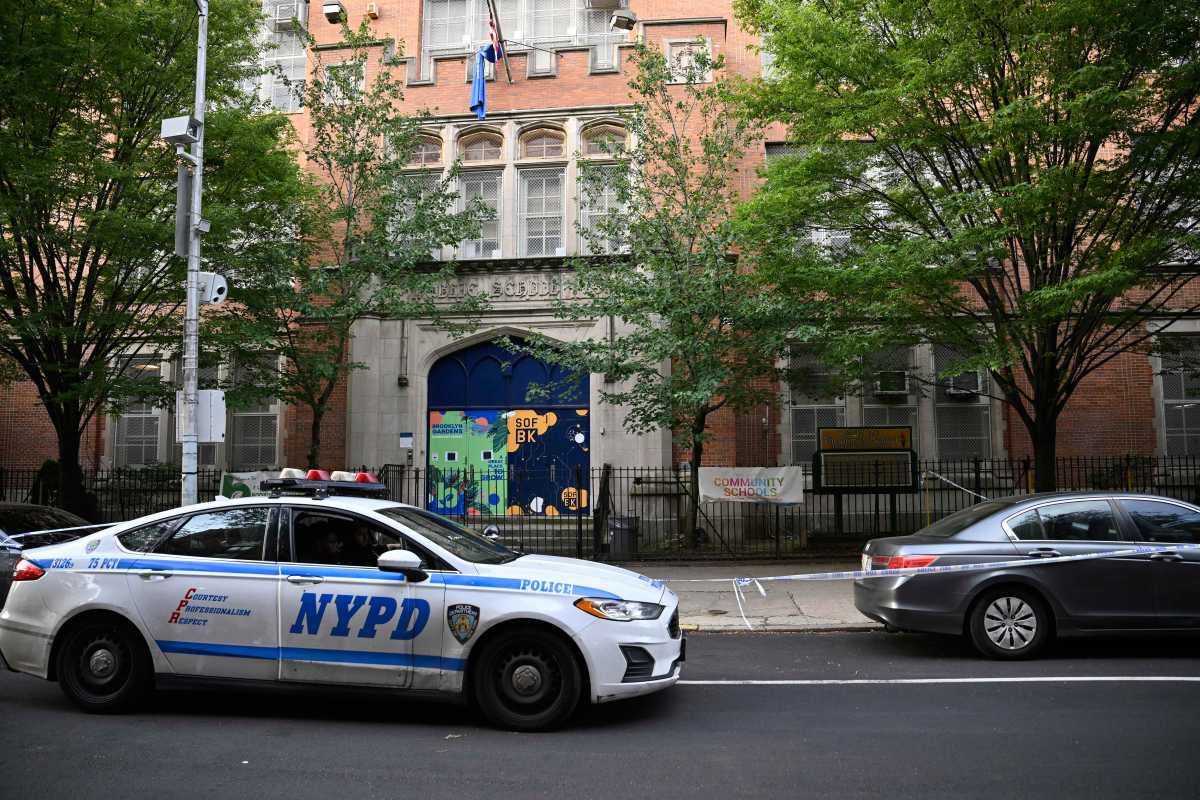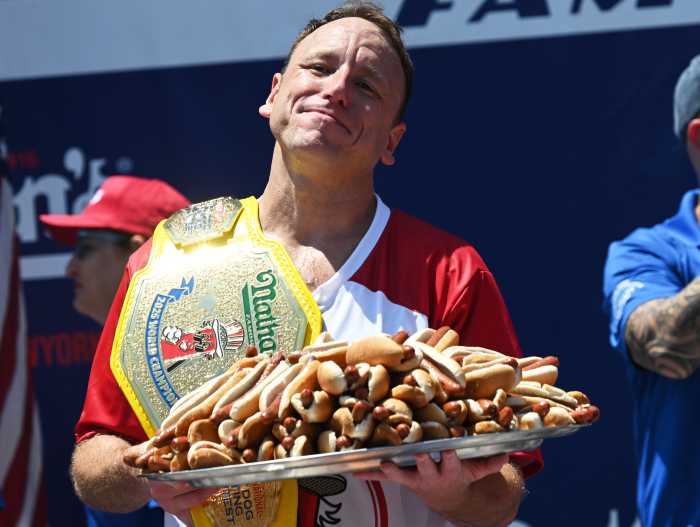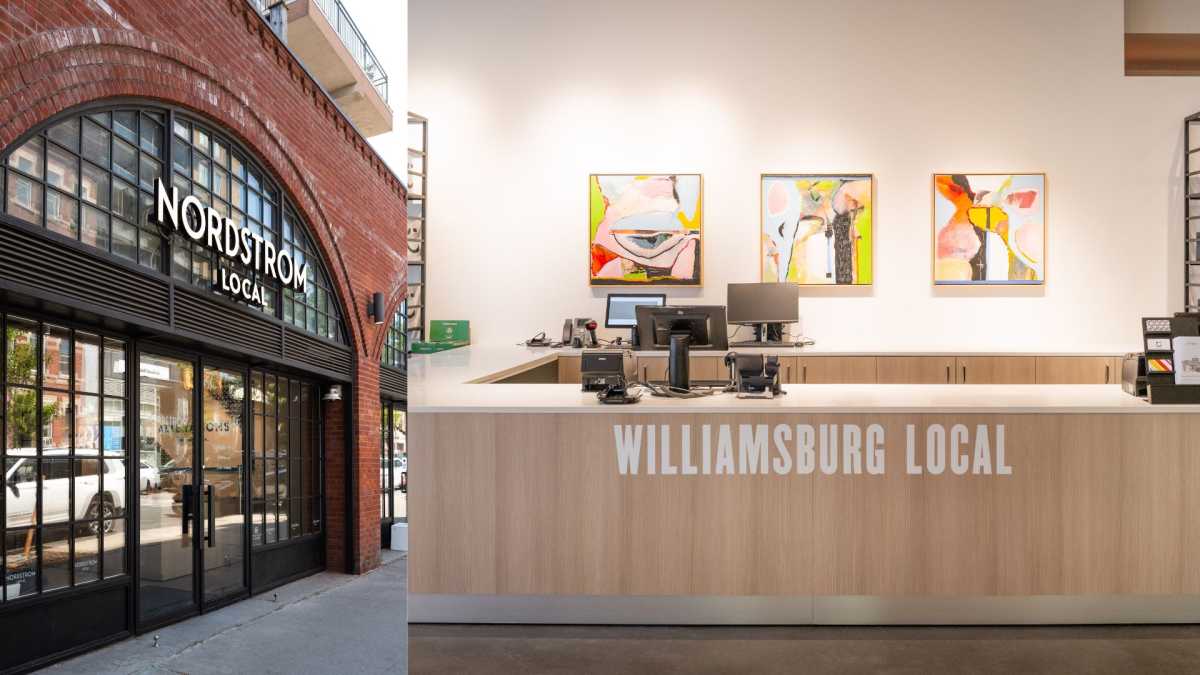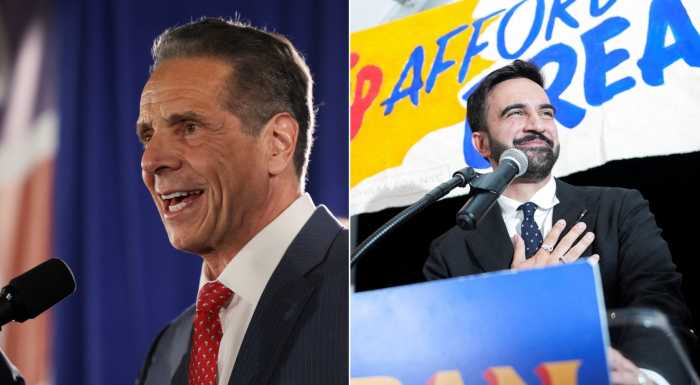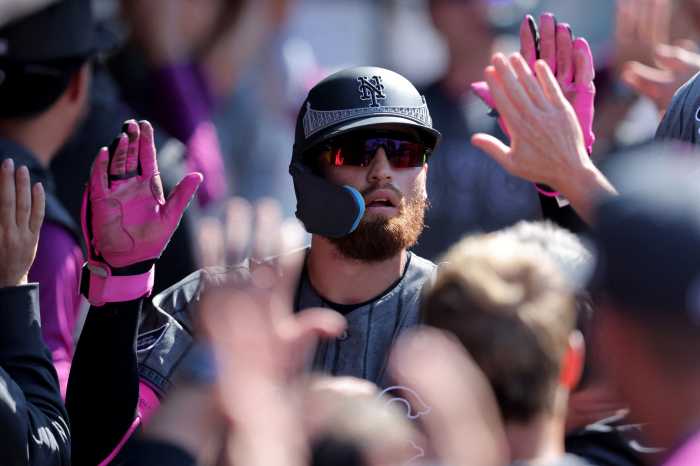Craig Hammerman has spent the past two decades working for Community Board 6,where he was recently honored by local lawmakers for his sustained and dedicated service. As manager of an area that encompasses Park Slope, Gowanus, Cobble Hill, Red Hook, Carroll Gardens and Columbia Street District, Hammerman handles the day-to-day affairs, complaints and occasional outrage from one of the borough’s most active boards. Even as the city might soon be weighing the eventual dissolution of the all-volunteer boards, Hammerman argues they are more necessary than ever. But the 44-year-old isn’t all about understanding floor area ratio and the minutia of draft environmental impact statements. The proclamation he received from Councilmembers Sara González, Brad Lander, and Steve Levin referenced his official bio, which reads in part: “He has completed 6 marathons and enjoys photography, movies, music, science fiction, Texas Hold’em poker and chocolate cake.” Here’s Craig, live and uncut, in his own words.
Community boards are the only non-partisan, official municipal entities tasked with planning and advocating on behalf of our city’s wildly diverse communities.
The role of the community board is unique in city government, and cannot be duplicated by any individual elected official or mayoral agency.They started from an experimental form of decentralized neighborhood government and, in many ways, have outgrown their original model.It’s been more than twenty years since their role was considered (re: 1989 charter revision) and I think it’s really exciting to imagine what the community boards of the 21st century will look like given all the ways society has changed since then.
I believe that’s why the Mayor’s Office had asked me, and Helen Rosenthal, former chairperson of Manhattan Community Board 7, to co-chair a task force that will consider exactly what types of changes we think would make community boards even more effective representative bodies looking toward the future.As much as they can be a source of criticism and cynicism, I think most people would agree that having some form of formal citizen participation in government surely beats having none at all.
What’s been your most profound moment?
Probably happened in January 1993 when Bob [Robert Acito, his predecessor] passed away.We knew it was a matter of time because he was sick before he passed but that didn’t make the shock and impact any easier.I admired him so much, he had such a good way with people, was so smart, and seemed to know everyone and everything about our communities.He was a fantastic mentor and had really established CB 6 as a real model of professionalism and effectiveness.As intimidated as I was at the thought of trying to fill his shoes, I also felt driven to maintain the work he had done in building and establishing a wonderful, fully-functional organization.CB 6 really was his life’s work.
So when the community board at the time decided to promote me into his position (as the youngest district manager in the City of New York), I was thrilled and terrified at the same time.
Since then I guess I’ve pushed myself to live up to the high standards that Bob established and the community expected of us, and still want to be the best district manager I can be for what I think is the best community board in the city of New York.Because, when it comes down to it, a district manager can only do what their community board expects of them.We serve at their pleasure.And what a pleasure it has been to serve.In fact, when you do something you love doing it really doesn’t feel like work at all.In that way I am truly blessed.The 20 years has passed by rather quickly.
What’s been the most significant votes taken in the last 20 years?
There is no such thing as a perfect development project. And the larger a project is, the greater the range of costs and benefits.I didn’t agree with all of the projects that came to us and while we can stand on principle, and often do, that’s little consolation to a person who needs your help. Change happens whether we want it to or not.I accept things which I cannot change, and change things which I cannot accept.
This district has undergone some very real, major changes to its physical landscape in the past 20 years.Cumulatively, we’ve see projects that have reconnected the community to the waterfront like the Erie Basin evidence vehicle facility, Valentino Park and Pier, IKEA and Fairway in Red Hook.Twenty years ago there was zero public access to the Red Hook waterfront.That was, and is, and important community value.Now, it’s a whole new story.
Many of our major institutions have experienced some form of growth and change like NY Methodist Hospital and Long Island College Hospital’s parking garage additions, the Berkeley Carroll School’s gymnasium and pool, the Park Slope Armory, the Prospect Park YMCA’s aquatic center and a new Public School 133 building [last two currently under construction].Institutions are often undervalued yet just as vital to communities as the people who live there.To see them reinvest in our neighborhoods is exciting and being a part of that creates synergy and instills a deep sense of community pride.
Then the challenge of modernizing an aging infrastructure while respecting the delicate and historically significant architectural form of our communities has led to some very interesting projects like the reconstruction of Smith Street, 9th Street, Columbia Street and 12th Street, the water main upgrades on Clinton Street, the creation of an integrated bicycle lane network and first constructed leg of the Brooklyn Greenway through the district, the addition of historic street name signage in our historic districts and directional signage around Grand Army Plaza, new bridges at 9th Street and Hamilton Avenue, and the reactivation of the Gowanus Flushing Tunnel and Pump Station to name a few.
I look at all these projects, I think about what the trade-offs were in some of the hard decisions we had to make, what could have been done differently, and use those experiences to help inform what we will do the next time.All of these projects involved choices that had to be made by the community, by agencies of government, and by our elected officials.I’m thrilled to have been a part of that process for all these projects, and so many more which I can’t even name.I am happy and proud to point to all of these assets and tell my son that these things happened because people cared enough to get involved in their community.And I helped.
And Star Trek and chocolate cake?
I’m a self-proclaimed sci-fi geek all my life and have been known to wear a Star Trek tunic at the Park Slope Halloween parade.Yes, I get to wear it outside the house once a year!


